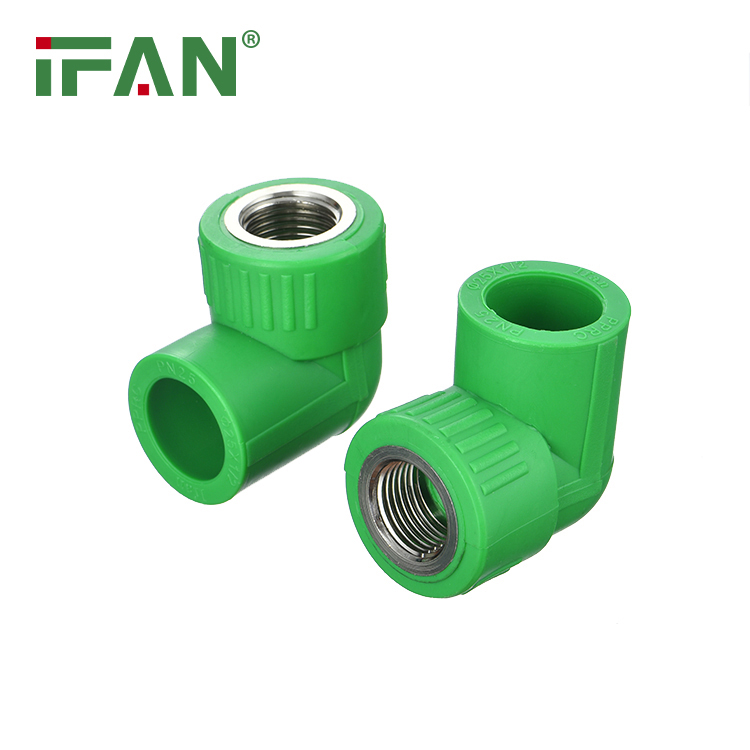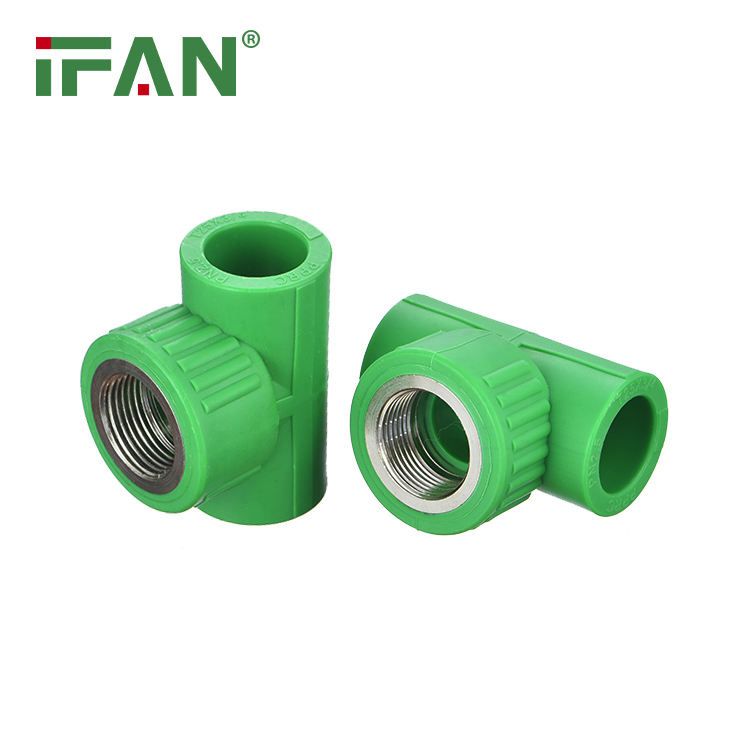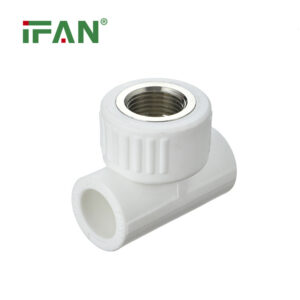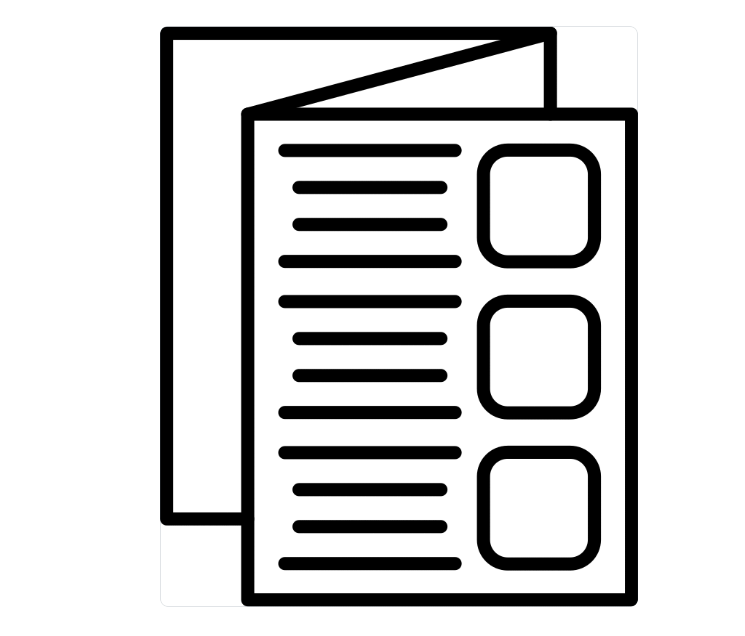PPR Tube Fittings
Name:PPR Tube Fittings
Color:Green
Size:20-110mm
Sample:Free
Brand:IFAN
Service:OEM ODM
Category : Click Download
Whatsapp : +86 19884503412
Wechat : 19884503412
Description
Introduction: The Role of PPR Tube Fittings in Modern Plumbing
PPR tube fittings, made from a type of polypropylene-random copolymer, have gained widespread recognition and use in modern plumbing systems. Their unique properties make them highly suitable for various plumbing applications. In this article, we will delve into the versatility and advantages of PPR fittings.IFAN factory 30+ years manufacture experience support color/size customization support free sample.Welcome to consult for catalog and free samples.This is our Facebook Website: www.facebook.com
1. Understanding PPR Tube Fittings
Material Composition: PPR (Polypropylene Random Copolymer) tube fittings are made from a thermoplastic material known for its durability, corrosion resistance, and heat resistance.
Types of Fittings: PPR fittings come in various types, including elbows, tees, couplings, valves, and more, designed to facilitate connections in plumbing systems.
2. Advantages of PPR Tube Fittings
Corrosion Resistance: PPR fittings are highly resistant to corrosion, making them ideal for both hot and cold water distribution systems.
Leak-Free Joints: The heat fusion welding method used to connect PPR fittings ensures leak-free joints, eliminating the risk of water damage.
Chemical Resistance: They are resistant to a wide range of chemicals, making them suitable for various plumbing applications.
Longevity: PPR fittings have a long service life, often exceeding 50 years, which contributes to their cost-effectiveness.
Easy Installation: The installation of PPR fittings is straightforward, and they can be installed without the need for specialized tools.
3. Applications of PPR Pipe Fittings
Potable Water Systems: PPR pipe fittings are commonly used in potable water distribution systems in both residential and commercial buildings.
Heating Systems: They are suitable for use in underfloor heating systems, as PPR’s heat resistance ensures reliable performance.
Chemical Transport: PPR’s chemical resistance makes it suitable for transporting various chemicals in industrial settings.
Aquariums and Aquaculture: PPR fittings are also used in aquarium and aquaculture systems due to their non-toxic properties and resistance to saltwater.
4. Installation Process
Cutting: The PPR pipes are cut to the required length, ensuring clean, square cuts.
Heat Fusion: The ends of the pipes and fittings are heated, and when hot enough, they are pressed together to form a strong, seamless connection.
Cooling: The joint is allowed to cool, creating a robust, leak-free connection.
5. Maintenance and Considerations
Visual Inspections: Regular visual inspections of PPR fittings and pipes are essential to identify any signs of wear, damage, or leaks.
Proper Handling: Avoid exposing PPR fittings to high temperatures or UV radiation during storage.
Qualified Installers: Ensure that qualified professionals install PPR fittings to guarantee correct installation and maximum performance.
Conclusion: The Role of PPR Fittings in Modern Plumbing
PPR fittings have become an integral part of modern plumbing systems due to their exceptional properties, including corrosion resistance, longevity, and ease of installation. Whether in potable water systems, heating systems, or industrial applications, PPR fittings offer reliable, leak-free connections, ensuring the efficient functioning of plumbing systems in diverse settings. As the plumbing industry continues to evolve, PPR fittings are likely to maintain their significance in providing durable and dependable plumbing solutions.
相关产品
-
PPR Fitting
White PPR Female Tee
-
PPR Fitting
White PPR Female Elbow Fittings
-
PPR Fitting
White PPR Socket fittings
-
PPR Fitting
PPR Female Elbow
HAVE ANY QUERIES? SEND TO CONTACTOANTSMACHINE.COM
ONTACT US













